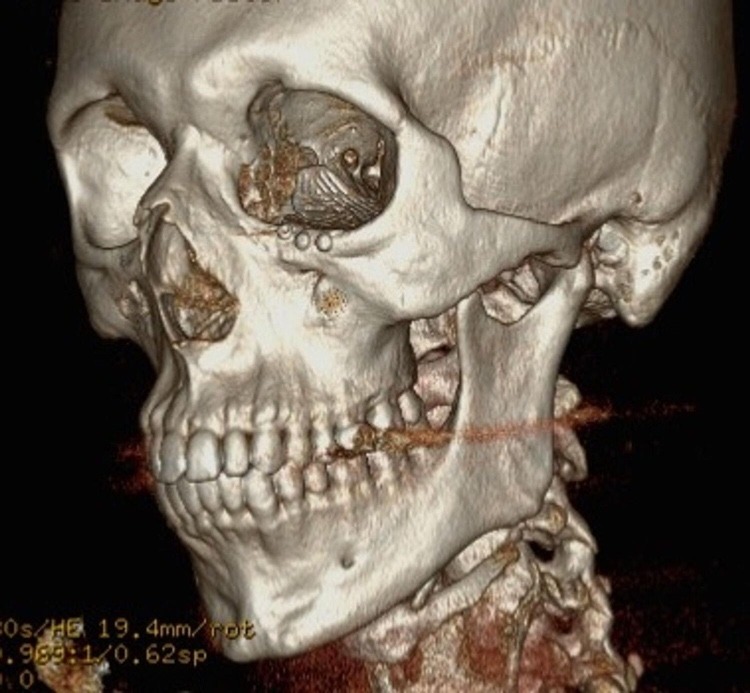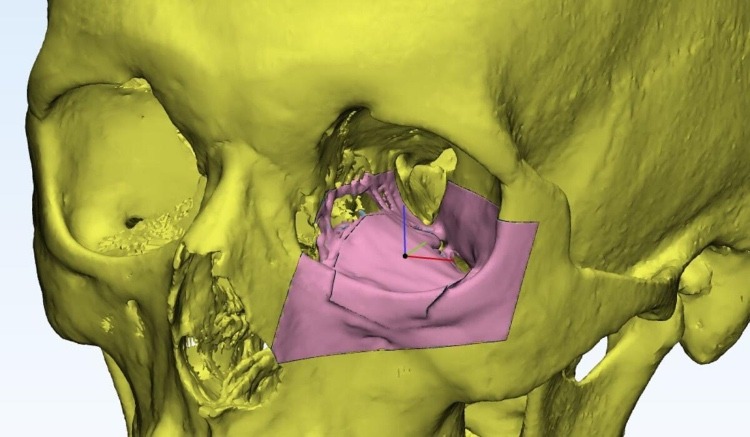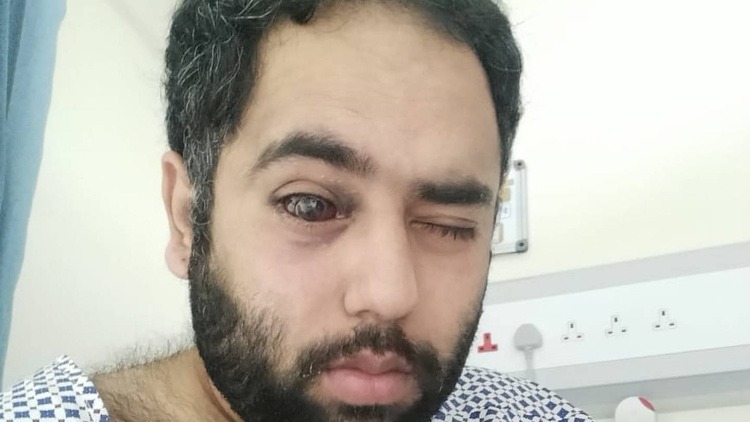As it has been applied in numerous sectors, 3D printing has been garnering considerable popularity throughout the Middle East. The construction industry has been the most prominent one as multiple countries within the region have been initiating new record-breaking projects. For example, Oman wants to develop the largest 3D-printed concrete structure in the entire world. Along with Oman, Saudi Arabia’s Habitas is considered the newest hotel chain to use 3D printing techniques to construct its buildings in AIUIa city. But it’s not just the construction industry that has been utilizing 3D printing; the health industry is also joining the conversation with new breaking-through innovations.
In the United Arab Emirates (UAE), a UAE resident from Pakistan has almost completely recovered after doctors used 3D-printing technology to reconstruct his eye socket. Sultan Abdul Majeed, a restaurant owner in Ras Al Khaimah, was punched in the eye following a heated disagreement with a customer in Feb. Majeed was left with double vision, unable to open his left eye, and unable to look up after the tragedy.
The CT scan showed that more than 50 percent of the bones under his eye socket were fractured and doctors told him in March that he would need some facial reconstruction as Khaleej Times expressed. The surgery was then performed by a team of maxillofacial surgeons from the Umm Al Quwain Specialized Dental Center, a part of Emirates Health Services. Dr. Mohamed Farid Abdelwahed is the one who designed the 3D-printed model of Majeed’s left eye socket. Thankfully the surgery was successful and the double vision almost completely disappeared.

3D printing usages is also used to treat other medical conditions and not just during procedures. Back in August 2022, UAE’s Khalifa University researchers developed 3D-printed glasses to treat color blindness. The condition is known as Colour Vision Deficiency (CVD) and it limits the retina cones’ ability to transmit multiple ranges of colors. The most common way of dealing with it is then by wearing tinted glasses.
How does 3D printing work?
For those who are not familiar with this technology, 3D printing is a process that turns a computer model into a three-dimensional solid object. The object is then produced using a 3D printer, which reads a digital blueprint and duplicates it layer by layer using ultraviolet light. It’s also helpful to know that one of the main advantages of 3D printing is that it drastically speeds up the production of goods because it doesn’t require the expensive machinery needed in traditional manufacturing as Middle East architects claimed.
On the other hand, 3D technology has various drawbacks. First, 3D printers have limited print chambers that limit the number of parts that can be printed. Secondly, another drawback is the possibility of labor reduction due to the majority of the work being automated and carried out by printers. This is detrimental as many third-world nations depend on low-skill occupations to maintain their economies.




